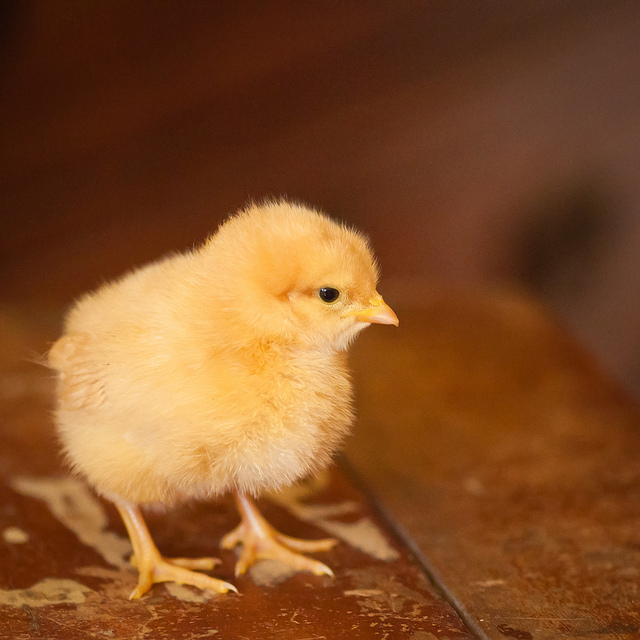Every day I complete a writing exercise to help stretch my writing muscles. Lately, I've been thinking about sharing these exercises with you folks. On YouTube.
The thought of getting behind both a mic and a camera is scary, but I've decided to experiment, to stretch myself and try it out. At the very least, I might become more comfortable behind a mic! I've embedded the result at the top of this page. What follows is more-or-less a transcript of the video/podcast, above. It is the first time I've tried something quite like this so ... be warned! (grin)
Writing Exercise: A Pattern of Emotion
Today, I decided to try and create an emotionally compelling character in 500 words or less. But that's not all, I wanted to create the character according to the steps Dwight Swain talks about in his book.
So, for better or worse, here are a few of the steps I'm going to use to try and create an emotionally compelling character.
The Pattern of Character Emotion
How do we create an emotionally compelling character?
1. The stimulus. Something external, observable, happens to a character.
This stimulus should be something external and observable.
Perhaps someone asks your character to marry him or perhaps she's in a car accident or maybe she learns a wildfire is about to engulf her home--and just yesterday she paid off the mortgage! What would she take? What would she leave behind? What would she be glad to leave behind?
Or perhaps someone is going to ask your character for a divorce.
It could be, though, that something nice happens, perhaps your character discovers she's won the lottery!
2a. This change in your character's state of affairs causes a change in their state of mind.
The main point is that the stimulus doesn't just create a change in the story world, it creates a change in your character. The focal character.
For example, if the stimulus is a man pointing a gun at your character's chest then focus on how this affects your character. And, initially, your character is going to react emotionally, internally.
Given that your character understands the situation, what would they feel? That will depend on what kind of a person they are. It depends on your character's character. (I wish there were another way of writing that!)
What will her first thought be? Of her child, her pet, of the things she hasn't done.
2b. External change. The stimulus creates a change in your character's state of affairs.
Continuing my example, folks in real life might have various different reactions depending on the kind of homo fictus they are. A policeman or soldier might attempt to disarm the attacker. A mother with a young child might plead for mercy. A diplomat might try to negotiate.
The important point is that you show a change in the focal character's situation.
3. Make sure that you show that the character's status quo has been irrevocably changed.
Not all changes in your character throughout the course of the story will be big, life-altering changes. But the change in your character's story world, the change that breaks the character's status quo at the beginning of the story (and here I'm talking specifically about genre stories) should be big, huge, life-shattering.
Or at least it should be for this exercise!
4. Show the character's status quo before the change and then again after.
How does one show change?
A horror movie I watched yesterday showed change in a family's life by showing a child playing with a beloved family pet--a beautiful, friendly, loyal, dog. Something creepy happened that the dog (but none of the humans--silly humans!) reacted to. The dog refused to come into the house that night and was found dead the next morning. We then see the children and their parents reacting to the loss.
It was effective in illustrating a change in the status quo.
Here's another example. Let's say our character is a child waiting in line with her mother at a bank. A man pulls out a handgun, yells for everyone to be quiet and lie on the floor, then he shoots a bullet into the ceiling for emphasis.
That, the man pulling out a gun and shooting it, is the stimulus our character--the child--will react to. Before the man pulled the gun out, the child was bored. Now she's terrified.
Her observable reaction: she hugs her mother, buries her face in the woman's waist, and sobs.
The Exercise
Attempt to create an emotionally compelling character and do this by going through the steps we've just talked about.
1. The stimulus. Have something external, something observable, happen to a character.
2. Show your character react to this stimulus.
2a. Internal change. Your characters first reaction will be a change of feeling, a change in her state of mind.
2b. External change. The stimulus will also create a change in your character's state of affairs.
3. Make the change a big, irrevocable, change. Make sure your readers know that your character's status quo has been irrevocably changed.
4. Show the character's status quo before the change and then again after.
Good writing!
Question: What kind of change did you show?




